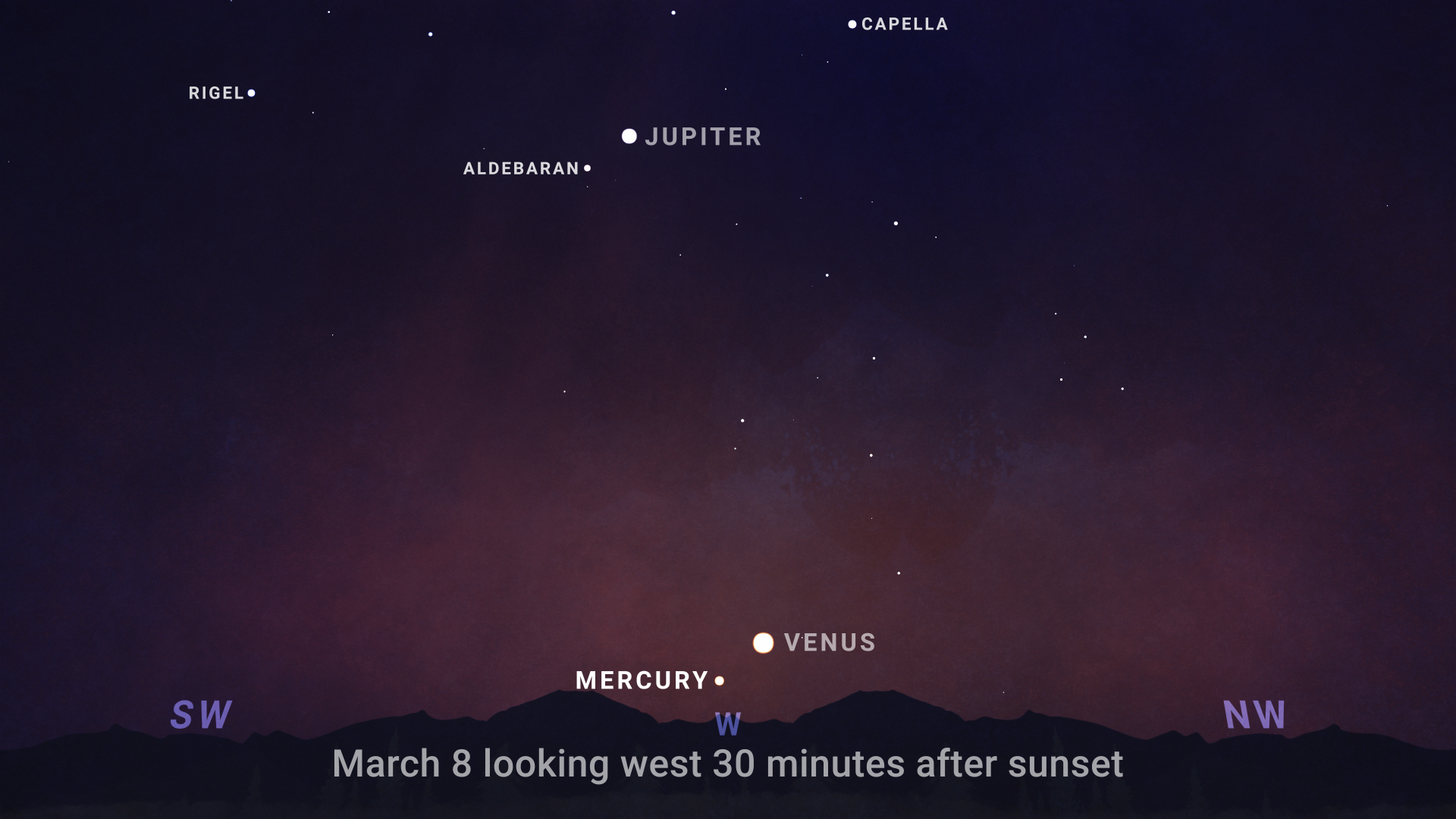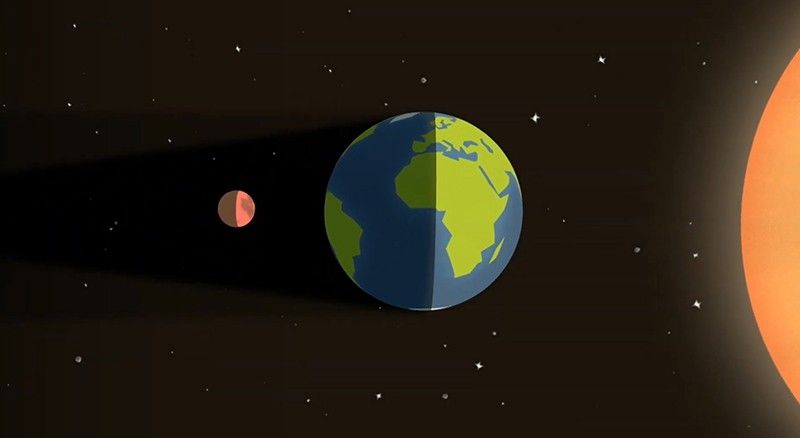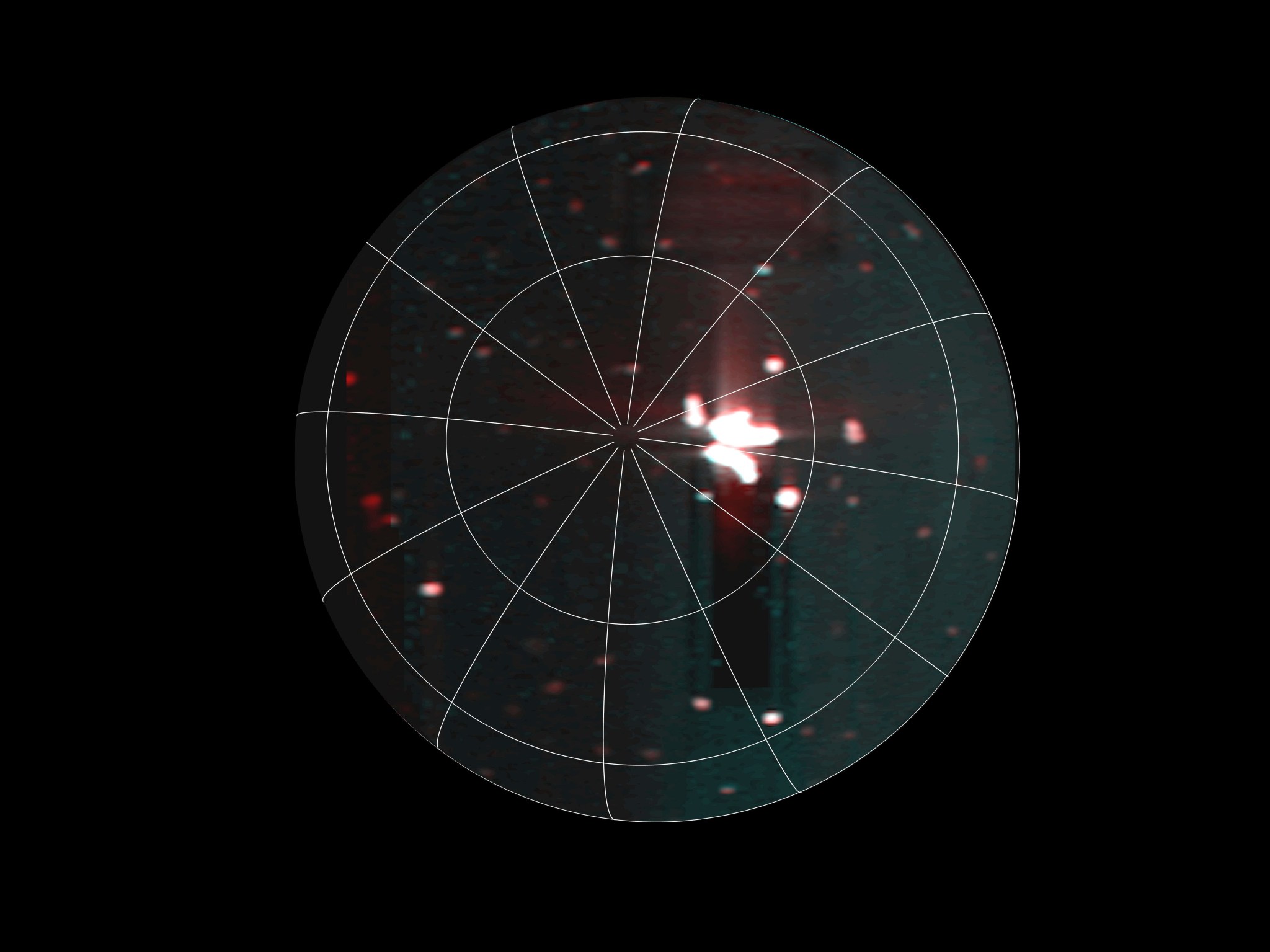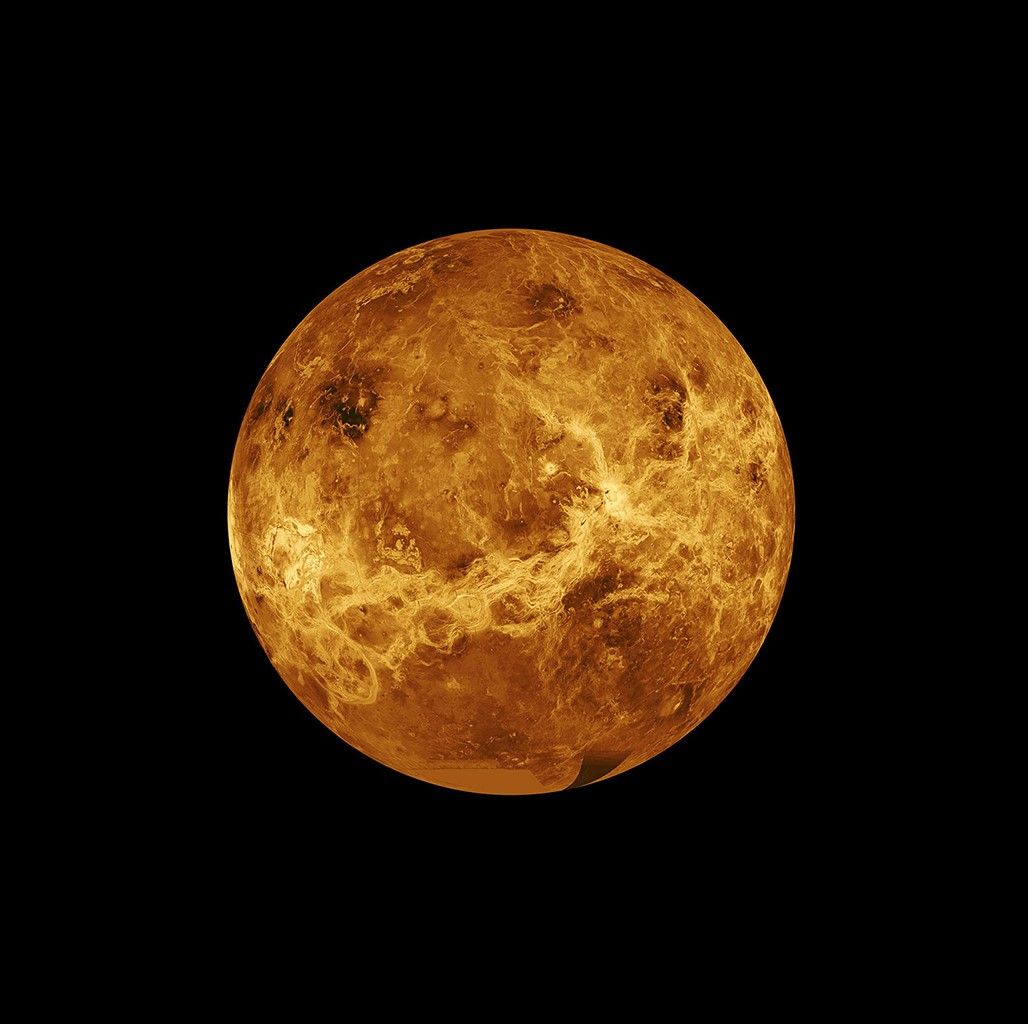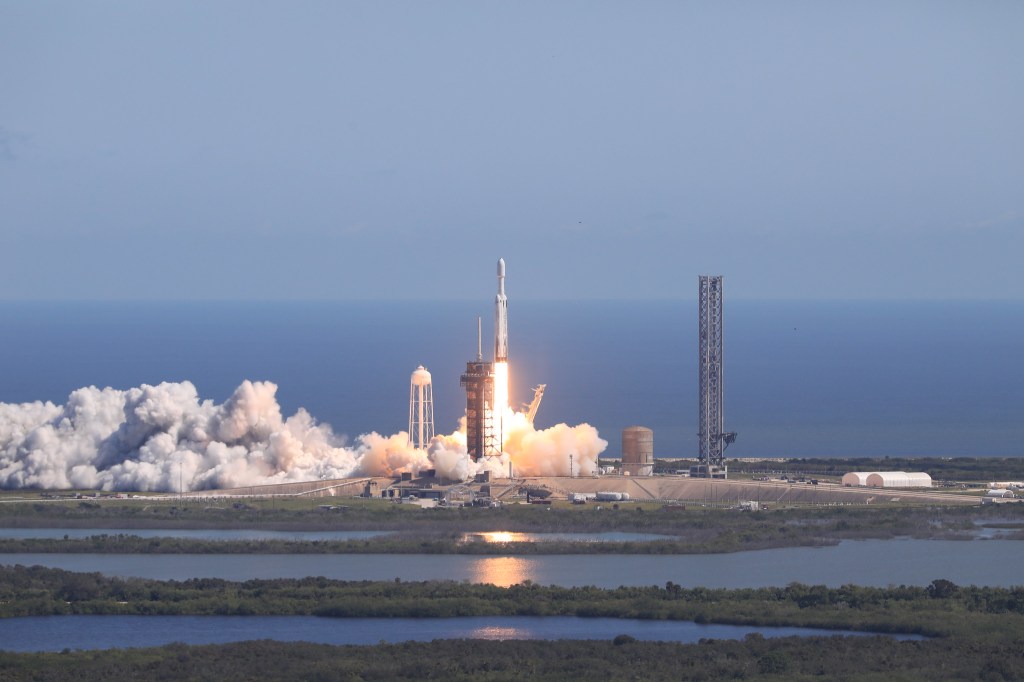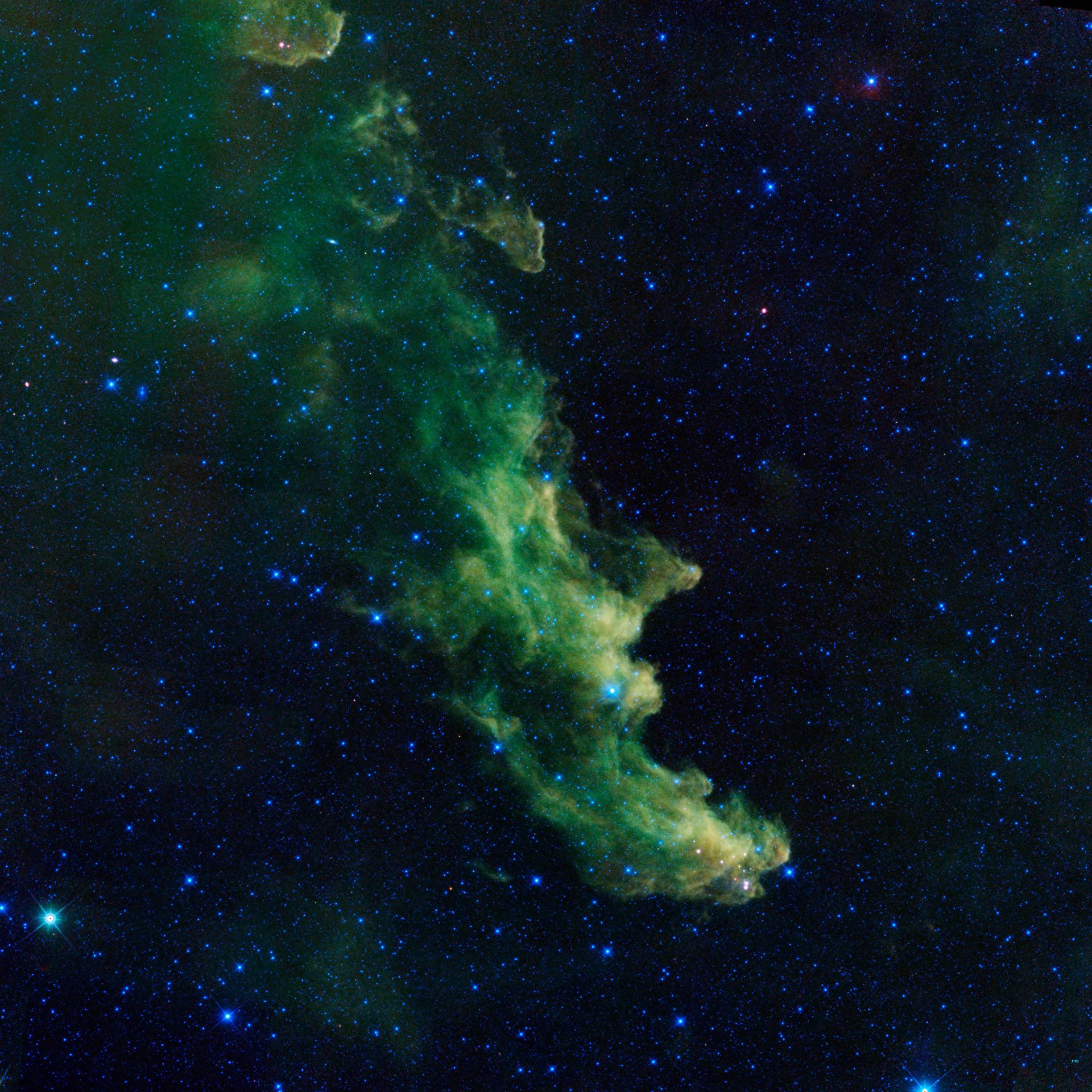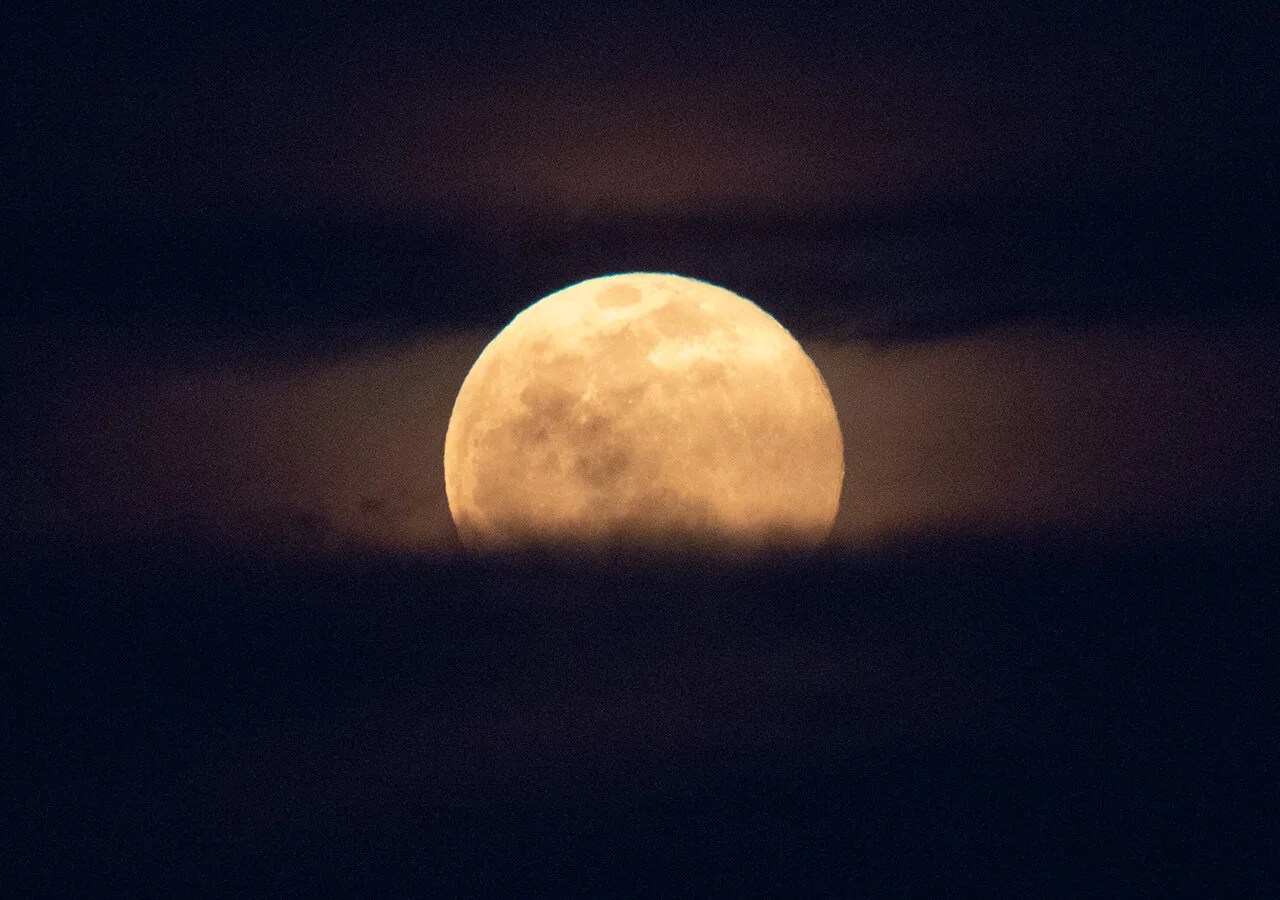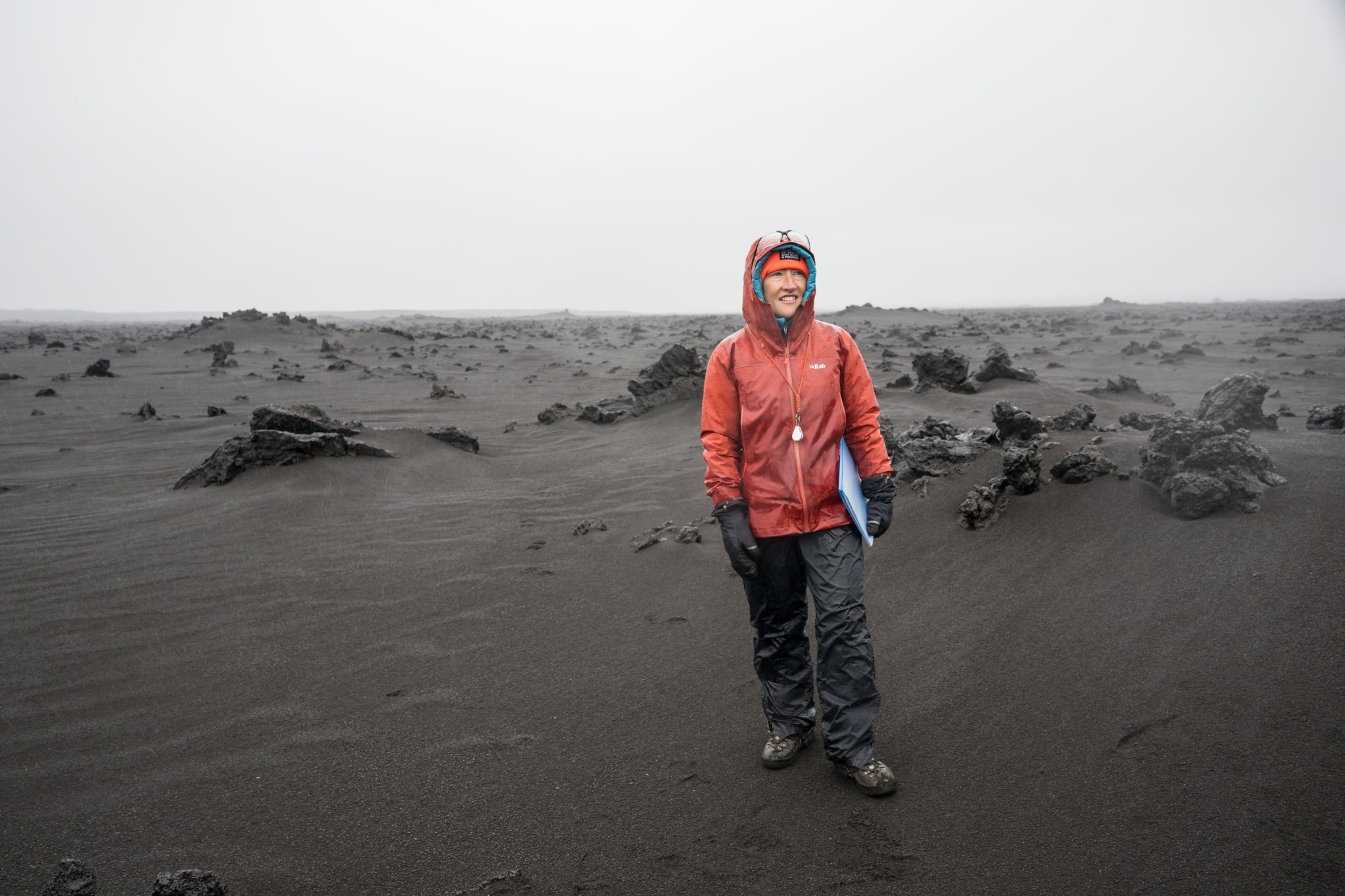Skywatching Science Skywatching What’s Up: March 2025… Skywatching Home What’s Up What to See Tonight Moon Guide Eclipses Meteor Showers More Tips & Guides Skywatching FAQ A Fast-Moving Planet and a Crimson Moon! Catch Mercury if you can, then stay up late for a total lunar eclipse, and learn the truth about the dark side of the Moon. Skywatching Highlights All Month – Planets Visibility: Mercury: Speedy Mercury is visible beneath Venus for the first week and a half of March, for about 30 minutes each evening, as sunset…
Read MoreTag: The Solar System
What You Need To Know About the March 2025 Total Lunar Eclipse
4 min read What You Need To Know About the March 2025 Total Lunar Eclipse The Moon will pass into Earth’s shadow and appear to turn red on the night of March 13 or early in the morning of March 14, depending on time zone. Here’s what you need to know about the total lunar eclipse. The March 2025 total lunar eclipse will take place between late night on March 13 and early morning on March 14 across several time zones. In this data visualization, the Moon moves from right…
Read MoreNASA Juno Mission Spots Most Powerful Volcanic Activity on Io to Date
5 min read Preparations for Next Moonwalk Simulations Underway (and Underwater) A massive hotspot — larger the Earth’s Lake Superior — can be seen just to the right of Io’s south pole in this annotated image taken by the JIRAM infrared imager aboard NASA’s Juno on Dec. 27, 2024, during the spacecraft’s flyby of the Jovian moon. NASA/JPL-Caltech/SwRI/ASI/INAF/JIRAM Even by the standards of Io, the most volcanic celestial body in the solar system, recent events observed on the Jovian moon are extreme. Scientists with NASA’s Juno mission have discovered a…
Read MoreNASA’s Webb Reveals Smallest Asteroids Yet Found in Main Asteroid Belt
Illustration of the main asteroid belt, orbiting the Sun between Mars and Jupiter NASA NASA’s powerful James Webb Space Telescope includes asteroids on its list of objects studied and secrets revealed. A team led by researchers at the Massachusetts Institute of Technology (MIT) in Cambridge repurposed Webb’s observations of a distant star to reveal a population of small asteroids — smaller than astronomers had ever detected orbiting the Sun in the main asteroid belt between Mars and Jupiter. The 138 new asteroids range from the size of a bus to the size of a…
Read MoreNASA DAVINCI Mission’s Many ‘Firsts’ to Unlock Venus’ Hidden Secrets
5 Min Read NASA DAVINCI Mission’s Many ‘Firsts’ to Unlock Venus’ Hidden Secrets The surface of Venus is an inferno with temperatures hot enough to melt lead. This image is a composite of data from NASA’s Magellan spacecraft and Pioneer Venus Orbiter. Credits: NASA/JPL-Caltech NASA’s DAVINCI — Deep Atmosphere Venus Investigation of Noble gases, Chemistry, and Imaging — mission embodies the spirit of innovation and exploration that its namesake, Leonardo da Vinci, was famous for. Scheduled to launch in the early 2030s, DAVINCI will explore Venus with both a spacecraft…
Read MoreNASA Accelerates Space Exploration, Earth Science for All in 2024
With a look back at 2024, NASA is celebrating its many innovative and inspiring accomplishments this year including for the first time, landing new science and technology on the Moon with an American company, pushing the boundaries of exploration by launching a new mission to study Jupiter’s icy moon Europa; maintaining 24 years of continuous human exploration off the Earth aboard the International Space Station, and unveiling the first look at its supersonic quiet aircraft for the benefit of humanity. The agency also shared the wonder of a total eclipse…
Read MoreSinister Solar System
1 Min Read Sinister Solar System A witch appears to be screaming in space in this image from NASA’s Wide-Field Infrared Survey Explorer (WISE). Credits: NASA/WISE Our universe is full of mysterious sights. Explore some of our most frightful finds from past Halloweens. Keep Exploring Discover More Topics From NASA Solar System Exploration Europa Clipper Europa Clipper will search for signs of potential habitability on Jupiter’s icy ocean moon Europa. Europa Jupiter About the Author NASA Science Editorial Team Share Details Last Updated Oct 24, 2024 Related Terms The Solar…
Read MoreThe Next Full Moon is a Supermoon, and the Hunter’s Moon
29 Min Read The Next Full Moon is a Supermoon, and the Hunter’s Moon A supermoon rises behind the U.S. Capitol, on March 9, 2020, in Washington. Credits: NASA/Joel Kowsky The Next Full Moon is a Supermoon; the Hunter’s Moon; the Travel Moon, the Dying Grass Moon, or the Sanguine or Blood Moon; the start of Sukkoth; Sharad Purnima, Kumara Purnima, Kojagari Purnima, Navanna Purnima Kojagrat Purnima, or Kaumudi Purnima; the end of Vassa and Pavarana; the Thadingyut Festival Moon; the end of the Phaung Daw U Pagoda Festival; and…
Read MoreNew Video Series Spotlights Engineers on NASA’s Europa Clipper Mission
Learn about some of the engineering work being done by five members of NASA’s Europa Clipper mission, which aims to launch Thursday, Oct. 10. NASA With NASA’s Europa Clipper just weeks away from launch, five short videos give a behind-the-scenes peek at some of the engineers dedicated to making the mission a success. What does it take to build a massive spacecraft that will seek to determine if a mysterious moon has the right ingredients for life? Find out in a new video series called “Behind the Spacecraft,” which offers…
Read MoreNASA’s Artemis II Crew Uses Iceland Terrain for Lunar Training
4 Min Read NASA’s Artemis II Crew Uses Iceland Terrain for Lunar Training Credits: NASA/Trevor Graff/Robert Markowitz Black and gray sediment stretches as far as the eye can see. Boulders sit on top of ground devoid of vegetation. Humans appear almost miniature in scale against a swath of shadowy mountains. At first glance, it seems a perfect scene from an excursion on the Moon’s surface … except the people are in hiking gear, not spacesuits. Iceland has served as a lunar stand-in for training NASA astronauts since the days of…
Read More